15 Practical Cloth Diaper Tips for Modern Parents (2024)
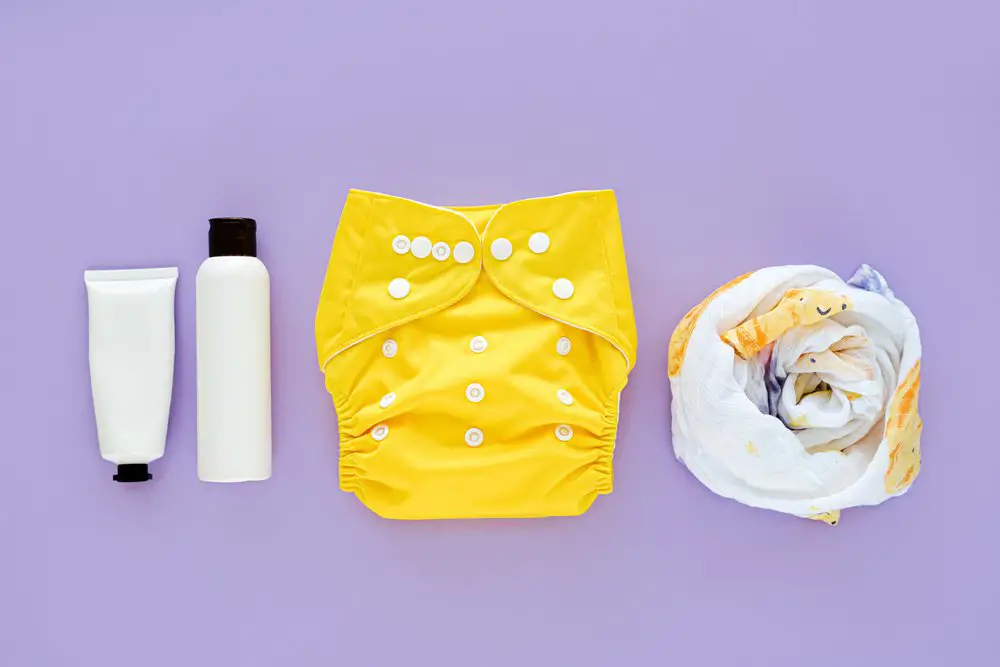
Using cloth diapers means you’ll be learning a lot of new information. In this article, we have compiled the top cloth diaper tips you’ll need to get started and to be successful.
Whether this is your first foray into the cloth diaper world or you need a refresher, all the tips you need are right here for you!
Cloth Diaper Tips
1. Try DIfferent Types of Fabrics and Cloth Diapers
I know this may sound like an odd tip; why would anyone want to buy multiple types of cloth diapers? Especially since they can be up to $20 apiece. But if you are just starting cloth diapering, you might not know what works best for you.
Do some research and look at the different types out there: prefolds, all-in-ones, hybrid, pocket. If you have friends or family that used cloth see if you can borrow some or purchase some second-hand before you fully invest.
Plus, you may want to see how the different styles fit your baby. Just like a pair of jeans, straight legs work for some people while others fit better into flare-cut.
You may want to ask a friend who is familiar with them for some cloth diaper help to sort it all out. Once you know which style works best for you and your baby, you can purchase your diaper stash.
But in general, the best cloth diapers are super soft, easy to use, and keep your LO dry.
2. Change Diapers Often
Cloth diapers are not as absorbent as disposables, so they need to be changed more frequently. The natural fabrics are better for your baby’s bottom but not as absorbent.
If you are cloth diapering a newborn, expect to change their diaper every one to one and a half hours. As your baby moves out of the newborn stage, around two months, you can probably slow down to every two hours, but don’t go longer than that.
One of my cloth diaper secrets is that you may wish to use an extra pad at night to help keep your baby dry if you are using pocket diapers. I doubled liners a night, and it helped prevent overnight leaks as my son started sleeping through the night (6 hours or more).
While it is rare for cloth diaper rash to occur, if you let your baby sit in a wet diaper too long, you increase the chances of a rash forming.
3. Diaper Sprayer is a Lifesaver
One tip for ease and to prevent cloth diaper stains is to use a diaper sprayer. A diaper sprayer is a bidet or nozzle-like attachment that connects to your toilet. You use the diaper sprayer to rinse off any poop in the diaper before placing it in the cloth diaper bin.
With a bit of plumbing know-how and watching a few tutorials, you can make a homemade diaper sprayer. The supplies needed can be purchased at your local hardware store.
You will need to purchase a sink sprayer, ice maker hose, and the appropriate hardware for your toilet size. You’ll save roughly $20 over purchasing one by making your own, so if you have the skills, why not try it?
If you don’t want or have a diaper sprayer, you will need to dunk your cloth diapers into the toilet and use a spatula or similar device to scrape all the poo out.
4. You Don’t Need to Go 100% in on Cloth Diapers
Don’t stress yourself out believing you have to go all-in the second you start cloth diapering. Some people wait until they are through the newborn phase and have established a rhythm.
Others chose to use natural disposable diapers when out or visiting with others for the sake of convenience. And some people keep a stack of disposables in the house in case they just can’t get to that load of laundry. Parenting is hard, so do what works best for you!
Everyone has their reasons for using cloth diapering, so find yours. Even if you are only cloth diapering part of the time, you are helping the environment! While there are many types, there are no easy cloth diapers. By this I mean, all cloth diapers require a level of commitment and doing laundry.
As you sort through all the diaper advice out there, find what resonates with you. Ultimately it is your decision you put your baby in cloth diapers, no one else’s.
5. Focus on the Angle When Diapering Boys
As a mom of two boys, I can tell you; you’ll want to make sure his penis is facing downwards before you change. Whether you are cloth diapering boys or using disposables, you will probably be peed on more than once.
One trick is to keep the old diaper over his privates until you are ready to slide the new one under. Sometimes the cold air hitting their penis makes them react and pee. If you are changing a bowel movement, this is not possible because you will need to clean their bottom.
There is no difference between baby girl cloth diapers and baby boy ones; it is all in the technique. When putting a new diaper on, you need to make sure their penis is pointed down between the legs; otherwise, you risk leaking.
If it is pointing to one side, pee may run down their leg; if it is pointing up, they will pee on their belly. When it is placed gently in the middle, their pee will hit the most absorbent part of the diaper when they go.
6. Newborns Require Newborn Diapers
That may seem like an obvious statement, but it is one of the cloth diapering sizing tips that can save you some hassle. Most newborns weigh between 6-8 lbs or 2-3.5 kilo.
Onesize cloth diapers probably won’t fit a baby that small. This is why some parents opt to use disposables until their baby is a little larger.
But don’t go all out buying newborn-size diapers until you actually know how big your baby is. It is best to have a stack of newborns and size one disposables or one-size cloth diapers on hand until you see what fits.
My second son was 10 pounds when he was born and didn’t even need the newborn size!
Some people buy newborn-size cloth diapers, which is an option, but keep in mind they may not fit after only a few weeks.
You have to decide if you want to spend money to put your baby in a diaper they will quickly outgrow or if you are OK with using disposables at first.
7. A Diaper Cream/Balm is Essential
Having a good diaper cream on hand will help keep your baby’s bottom in optimal health. Their delicate skin can easily rash depending on their sensitivity levels.
It is crucial to know, however, that not all diaper creams are safe for cloth diapers. This is one of those cloth diaper tips and tricks you do not want to ignore as it could ruin the cloth diapering fabric.
You will want to check with your diaper manufacturer first to see what they recommend. Ideally, you are looking for a diaper balm that is made from natural ingredients.
If the diaper cream contains zinc, it will stain the diapers, and those containing petroleum will repel moisture from the fabric. Cloth diapers repelling liquid will be less effective.
If your baby must use a diaper cream that contains one of these ingredients, use a disposable liner to protect the inside of your cloth diapers.
Some cloth diaper-safe creams to look into are GroVia Magic Stick, Booty Love, and Grandma El’s Rash Remedy & Prevention Stick.
8. Cloth Wipes are More Effective When it Comes to Poop
To go along with your cloth diapers, consider using cloth wipes. They can be washed and reused just like your diapers! Some parents say they are more effective than using disposable wipes at cleaning up poop.
They are also better for the environment. It is recommended to keep a handful pre-wet in a container on your changing table.
You can purchase these from the store, or you can make cloth diaper wipes with old 100% cotton t-shirts. Cloth wipes can also be used as burp cloths, washcloths, to wipe down sticky surfaces, and so on; they have multiple uses!
Another reason to consider cloth wipes is that some babies are allergic or react to the chemicals and perfumes in disposable wipes.
Again, you will have to figure out what works for you, but cloth wipes should definitely be something you consider if you are going the cloth diaper route.
9. The Right Cloth Diaper Bag is a Lifesaver
Using cloth diapers full-time means you’ll be carting dirty diapers around much of the time.
Unlike parents who use disposables and can simply toss them in the bin in the restroom, if you’re out and change a diaper, it has to come home with you. You will need a good wet bag and a separate zippered area of your diaper bag to store cloth diapers.
You can purchase wet bags from most baby retailers, but you can also make a DYI wet bag for cloth diapers. If you are handy with a sewing machine (or know someone who is), all you need is waterproof PUL fabric, polyester thread, and ribbon or zipper to make the closure.
There are several cute waterproof fabrics out there these days, but if you can’t find one you like, purchase a plain color and make a cover out of a different fabric.
Wetbags are essential for storing those dirty diapers on the go. You will want to have a handful, so some can be in the wash or in use, and you still have some clean ones ready to use.
10. Prefer Natural Fibers for Heavy Wetters
If your baby can soak through a diaper in no time, opt for natural fibers. Cotton, hemp, and bamboo are all great choices. Natural fibers tend to be more absorbent than synthetics making them better equipped for heavy wetters.
Another option is to use wool covers. Wool may sound warm for spring and summer, but it is quite breathable. Additionally, wool can absorb up to 30% of its weight in moisture, keeping your baby’s clothing and bedding dry at night.
Wool is also used to make diaper liners, and since it is so absorbent, it helps wick moisture away from your baby’s bottom. Wool also contains lanolin naturally (yes, the same stuff used to ease sore nipples for breastfeeding moms!).
Lanolin is a fatty acid sheep’s secret to protect their skin, so when you use wool liners or diapers, it’s protecting your baby’s skin too! Lanolin also inhibits the growth of bacteria, so it’s a win-win.
11. Wash Cloth Diapers Every 1-3 Days
If you are reading about washing cloth diapers for the first time, you’ll want to pay close attention. The general rule is that you should wash your cloth diapers every 1-2 days. If you must, you can push it to 3 days, but after that is when most cloth diaper gurus agree you risk mold or mildew.
Some people say soaking diapers is the first step; others go straight to a cold rinse. Some even soak their diapers overnight.
I never used that step, but I did use oxi-clean about once a week in my initial rinse cycle. Another option is the wet cloth diaper pail. This is another way to soak them as your diaper pail is pre-filled with water.
To help reduce the wet pail system’s odor, you can add things like baking soda, vinegar, or essential oils. Read up on your diaper type before putting any additives in the water.
12. Always Check the Diaper Fit
Diaper fit is essential not only for your baby’s comfort but to avoid blowouts and leaks. One common type of leak is a compression leak. The compression leaks cloth diaper rules include the right fit, often change, no build-up, and plenty of absorbency. If you can follow these four – you’ll drastically reduce the number of leaks.
To check to see if the diaper fits right, check for red marks on your baby’s skin; if you see any marks, you need to loosen that area of the diaper. Slight depression marks from the snaps or pins are normal, but red marks are not. Your baby will likely show signs of discomfort as well if it is too tight.
The diaper’s back needs to remain flat when changing; this prevents leaks and blowouts as well. To ensure this, pull the wings out to the side first, then pull them up over your baby’s belly. Blowouts typically happen up the back because of an ill-fitting diaper.
13. Remove Stains Using the Sun
Sunlight is a natural cleaner and sanitizer and also the best method of drying cloth diapers. Remember that stains don’t mean unclean, but even so, no one wants stains in their diapers.
Sunlight is actually one of the best ways to remove stains. After your diapers have gone through the typical washing steps, lay them out in the sun to dry and watch the stains disappear. You should be air drying them anyway, so laying them out in the sun should not change your diaper drying time.
If the sun is not an option for your cloth diapers’ stain removal, cleaners like Oxiclean, hydrogen peroxide, and vinegar can also work. I personally used Oxiclean and found it very useful.
Before using any product on your cloth diapers, always check with the manufacturer about which products are best. Some products may disqualify you from a warranty if used, so always check!
14. You Need More Diapers Than You Think
Sure, you could possibly get away with only a dozen or so cloth diapers, but you will be living in the laundry room.
Plus, the fewer diapers you have, the more you will wash them, which means more wear and tear. It is a good idea to have at least two full days worth of diapers.
For a newborn six months or under, that means roughly 24 diapers. Most people opt for a three-day cycle meaning one clean set, one dirty set, and one in the washing/drying cycle.
This is what I did, and it made life much easier. I had about 36 diapers – which may seem like a lot, but trust me when I say you’ll go through them quickly.
Having extra on hand also makes you ready for emergencies like losing power or water, your baby being sick and going more frequently, or you being sick and not able to do laundry.
15. You Can Use Prefolds for Anything
Prefold diapers are incredibly versatile. Plus, it is really easy to wash prefold diapers. They are padded pieces of fabric which means they dry quicker than many other cloth diaper types. They can also be used as burp cloths, rags, bibs, hand towels, and so on!
Prefold diapers, however, require covers. One option is using pocket diapers as covers. Combining these two types of diapers provides extra absorbency. It also eliminates the step of having to stuff pocket diapers. I used pockets, and I remember sitting down in front of the TV as I stuffed diaper after diaper once they were clean.
You will have to wash pocket diapers after each use if you go this route, but it does simplify the process if you already have some pocket diapers on hand. Plus, pocket diapers tend to be on the cheaper end of the cloth diaper spectrum, so it’s worth looking into!
FAQ
Do you really save money using cloth diapers?
Yes, the lifetime cost of disposables is between $2,000 – $3,000. The lifetime cost for cloth is $600 – $1000. If you use them for a second child, the savings are even more significant.
How do cloth diapers work with poop?
You either have to use a disposable liner, dunk the soiled diaper into the toilet to rinse off poop, or use a diaper sprayer attachment.
How to use cloth diapers for newborns?
You will need to invest specifically in a set of newborn-size diapers. You can also opt to use disposables until your baby is heavy enough for one-size cloth diapers.
How to use cloth diaper covers?
There are many types of covers depending on your needs; you can use a plastic waterproof cover or natural fibers like wool, hemp, or bamboo.
How to put on cloth diapers?
It will depend on the style. Prefolds you fold and fasten around your baby; All-in-ones, hybrids, and pocket diapers are shaped like disposables and secured with fasteners. Diaper covers slip on like underwear.
Is it OK to use used cloth diapers?
Yes, buy them from a reputable buyer, check reviews online, or you can use hand-me-downs from friends and family. When you receive them, go through the stripping process.
How do you sanitize cloth diapers?
The best way to sanitize cloth diapers is to leave them out in the sun to dry. Sunlight naturally kills bacteria and eliminates stains.

L. Elizabeth Forry
L. Elizabeth Forry is an Early Childhood Educator with fifteen years of classroom teaching experience. She earned a Master of Science in Early Childhood Education from The University of North Dakota and has a Bachelor of Arts in English and one in Music from Lebanon Valley College. She has taught children in Japan, Washington D.C., Chicago, and suburban Maryland. She is trained as a reading therapist, has a TEFL certification, and has done extensive work with children regarding mental health, social-emotional development, and gender development. She has written curriculum for children and educators and has led training sessions for parents and educators on various topics on early childhood development. She is the mother of two boys and resides outside of Annapolis, Maryland.

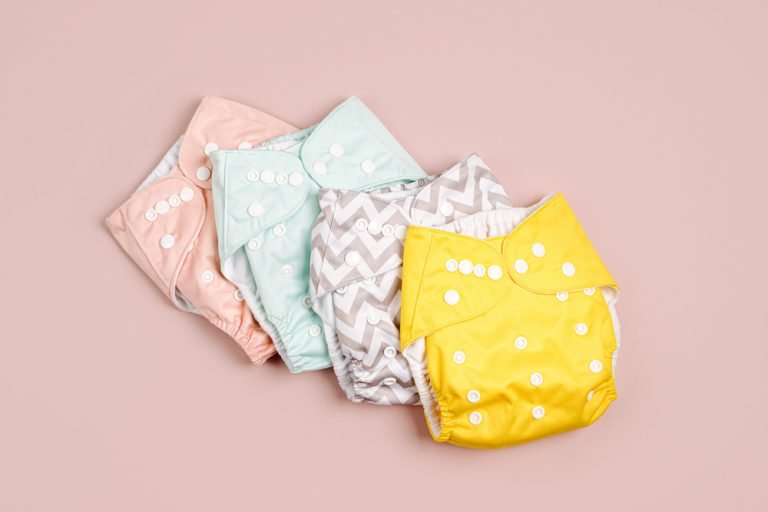
![12 Best Diapers in 2024 [Chemical-Free & Super-Absorbent]](https://parentingmode.com/wp-content/uploads/2022/06/Depositphotos_152234060_S-768x512.jpg)
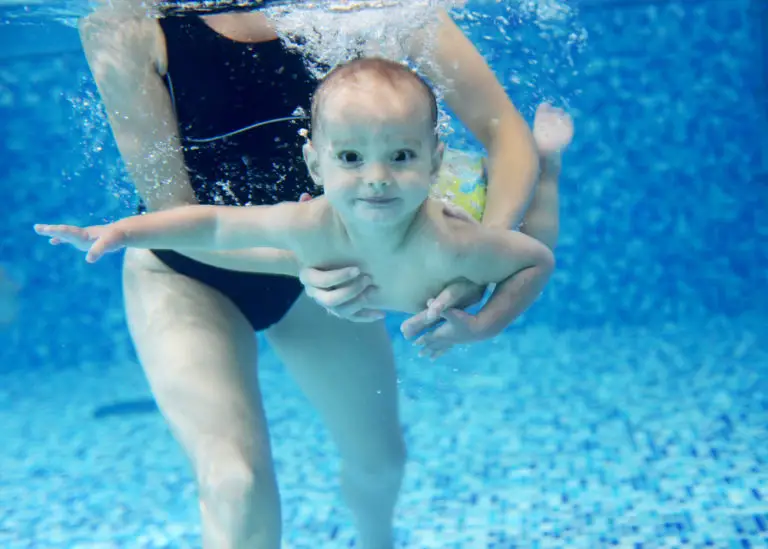
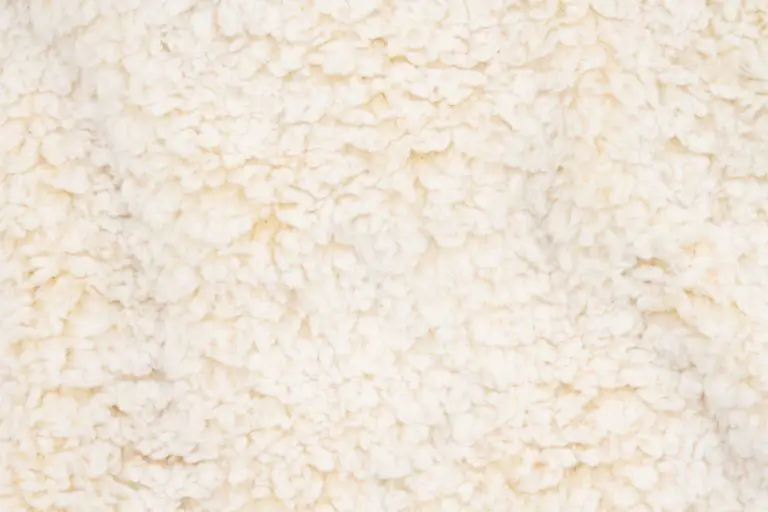
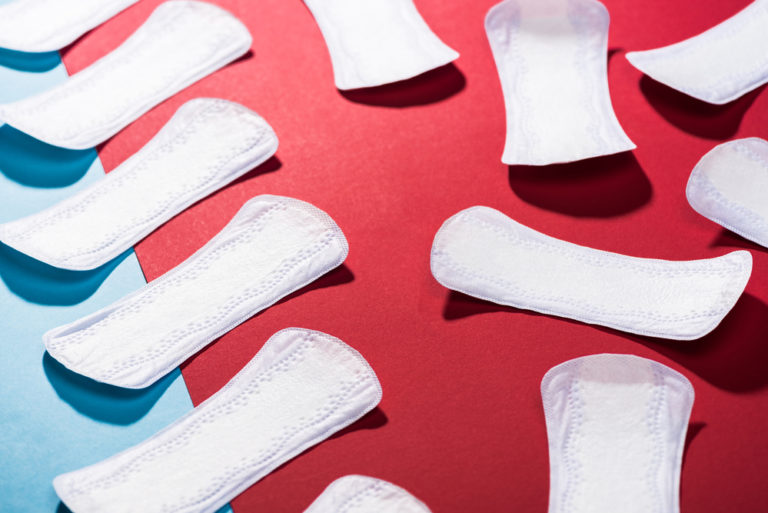
![12 Best Organic Diapers in 2024 [Chemical-Free & Natural]](https://parentingmode.com/wp-content/uploads/2022/06/Depositphotos_538768580_S-768x576.jpg)